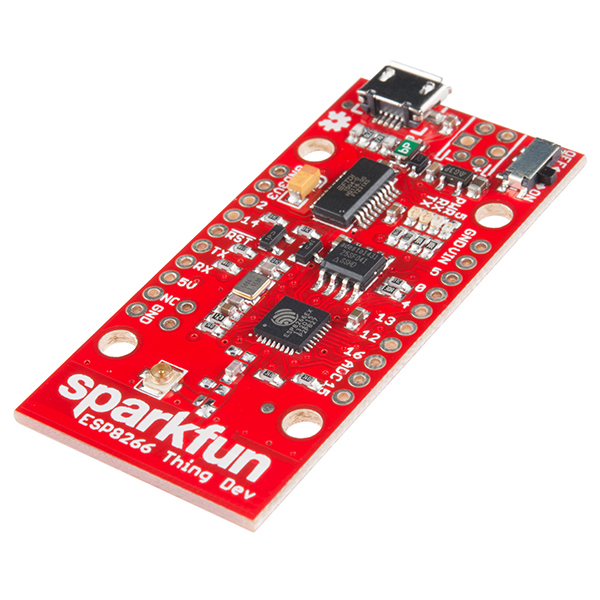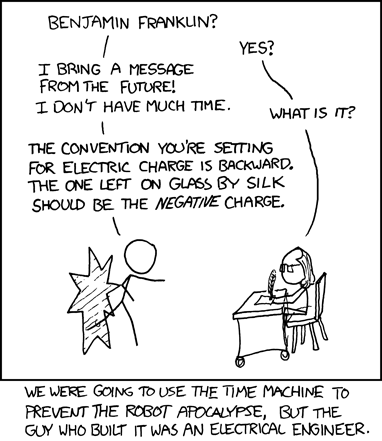Mathematical analysis is one of the most useful tools in electronics. With the right formulas, you can figure out what value capacitors and inductors to use to make a resonant circuit operate at a particular frequency, or what resistors to use to make a voltage divider to drive a comparator.
Along with working the equations, though, it’s important to have a good intuitive sense of what is going on in a circuit. Just like you shouldn’t trust your calculator if it gives you an answer of 21 if you ask it for the product of 17 and 38, you should have a reasonable idea of what each of the parts of a circuit are supposed to be doing, when you’re analyzing it.
For example, if your calculations indicate that you’re getting 100 amps out of a signal generator, something has gone wrong. That kind of current would melt the coax cable — let alone the sensitive components inside a precision signal generator. Likewise, if the calculated output voltage of a simple voltage divider circuit is higher than its input, something has gone wrong somewhere. Resistors can’t generate increases in voltage.
Similarly, some ideas just aren’t feasible. Over-unity (“free energy”) devices are the most egregious example — but often, devices like energy harvesters which look more or less plausible haven’t been properly quantified, in terms of energy out vs. energy in. Just because something can generate high voltage, for example, doesn’t mean there’s a lot of energy there. Quantify, in SI units, the inputs and outputs — and then measure them.
My favorite term for this way of thinking is “The Giggle Test.” If an engineering idea is so implausible that you have to suppress a giggle (or fail to suppress one), something’s wrong — and probably wrong by at least an order of magnitude. When you see something that doesn’t make sense, there’s a reason. Take the time to look at the quantities from a larger perspective, and ask yourself if they make sense. It can be a real time-saver.



